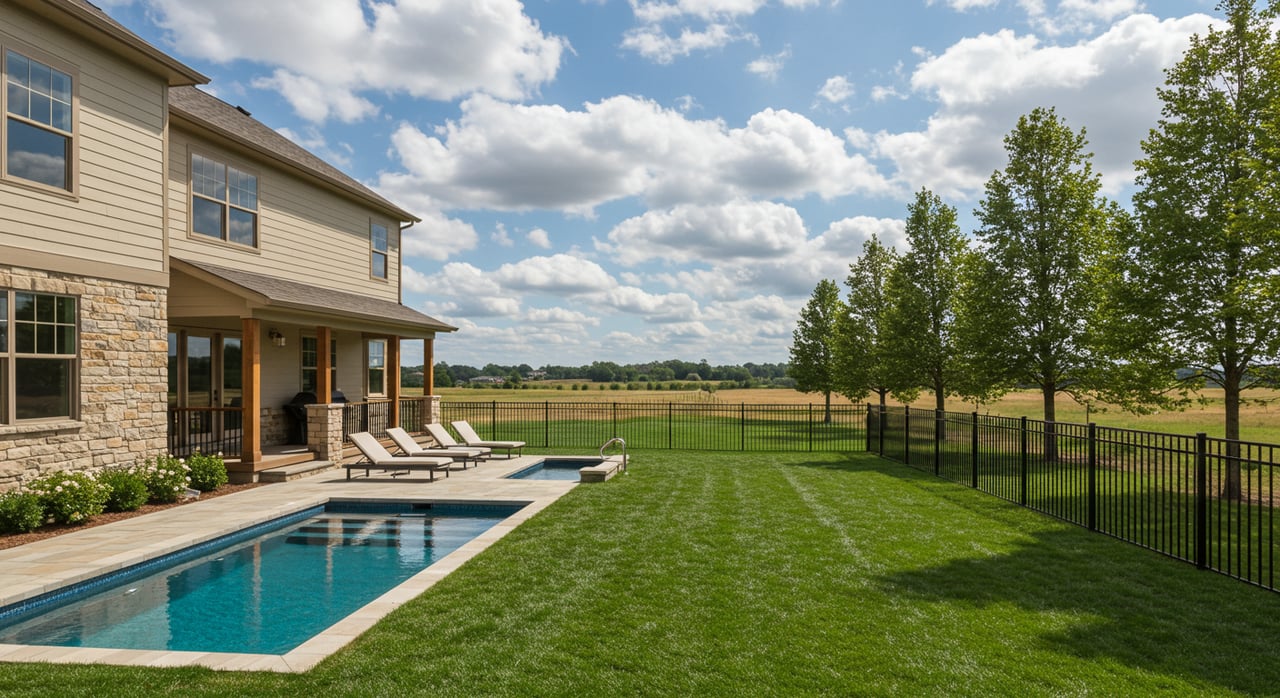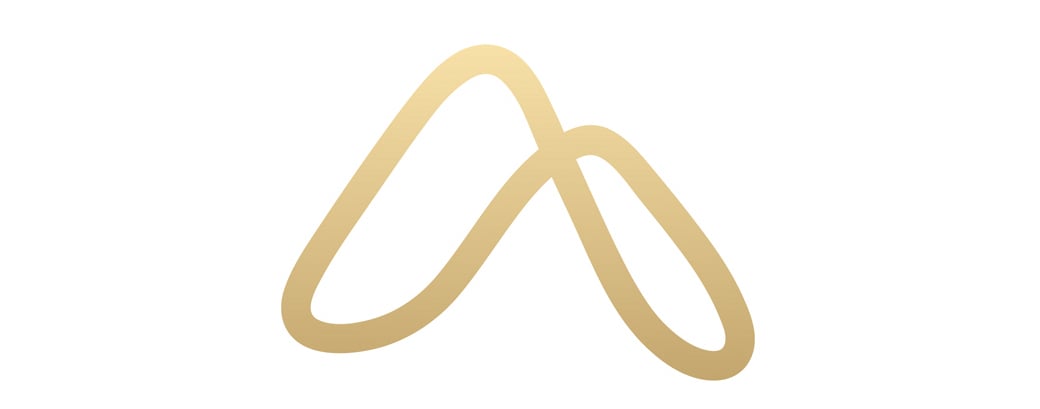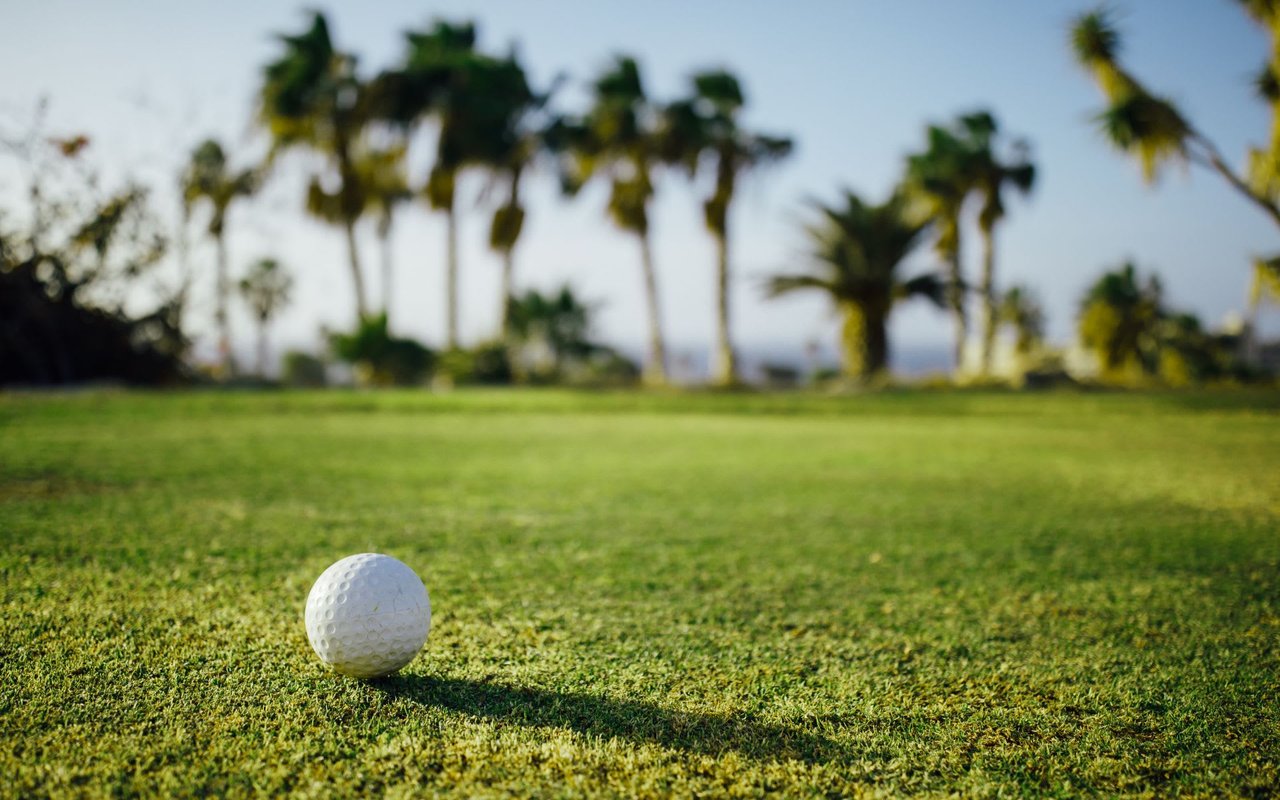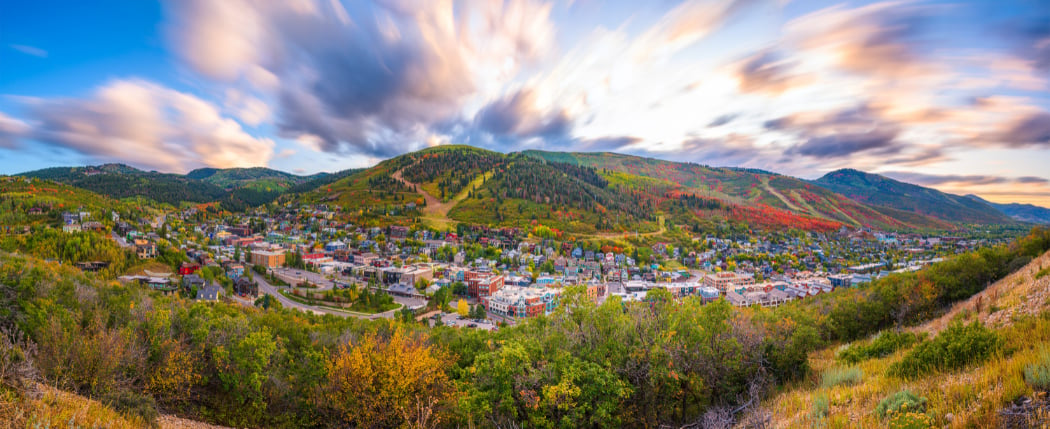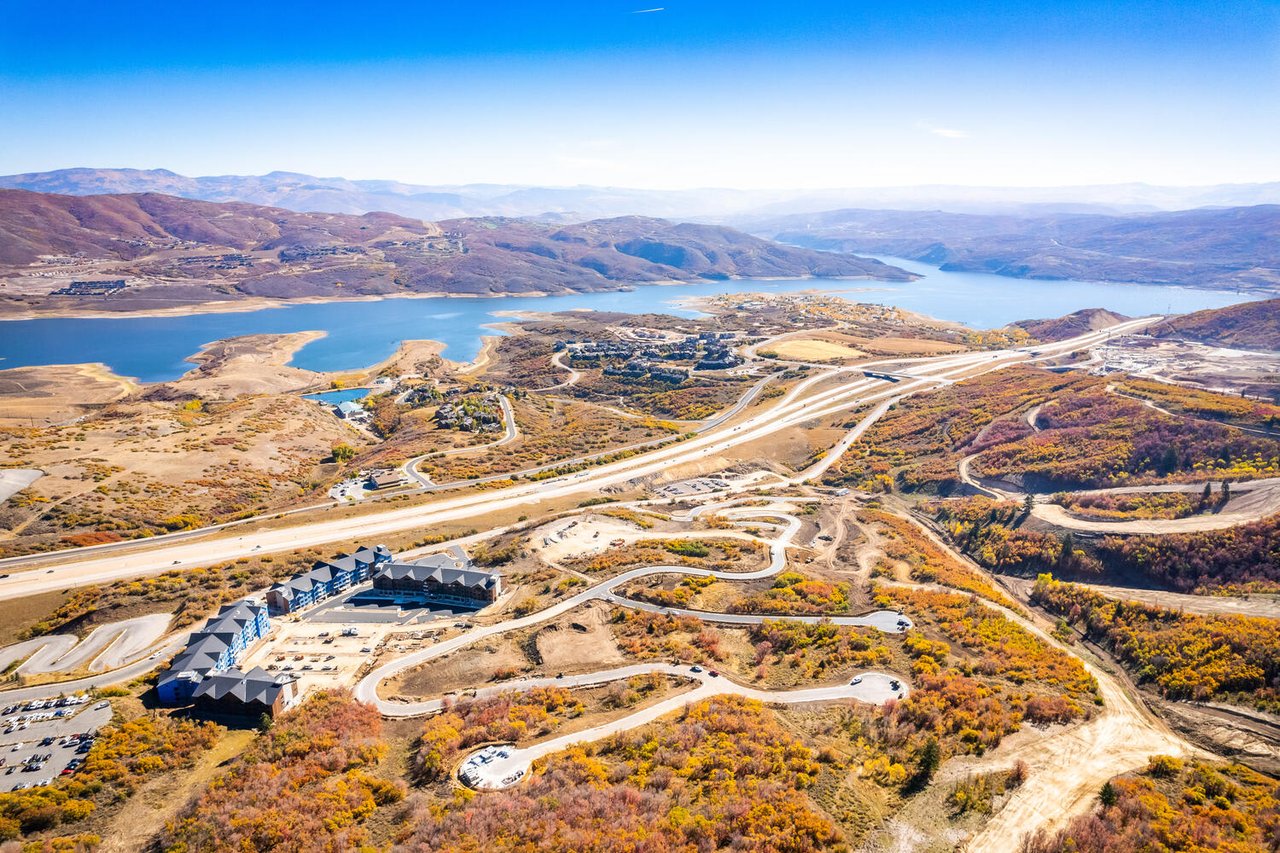Demand For Cold Plunge Pools Heats Up
Cold plunge pools are in demand for indoor and outdoor use.
© SCOTT BERGMANN PHOTOGRAPHY / TEAKWOOD BUILDERS / EVA ANDERSEN INTERIOR DESIGNER
That which doesn’t kill you makes you stronger. For many of us, swimming underneath ice for 216 feet or running a half marathon above the Artic Circle barefoot sounds quite deadly. For endurance athlete Wim Hof, cold therapy is a pathway to greater health. “Frequent exposure to cold is linked to a number of different health benefits,” his website notes. “For example, scientists have found evidence that exposure to cold speeds up metabolism. Another benefit of exposing your body to cold is that it reduces inflammation, swelling, and sore muscles. Furthermore, cold body therapy is also linked to improved quality of sleep, more focus, and even an improved immune response,” it adds. Some doctors and research studies disagree, but the approach has adherents across continents and millennia.
Premium Demand
So when Dayson Johnson mentioned in last week’s Wellness Wednesdays Clubhouse conversation that some buyers of his upcoming ski community Velvære are requesting cold plunge pools, it wasn’t totally surprising. These individuals have the income to both buy a premium vacation home and jet off to snowy adventures.
Across the country in Saratoga Springs, New York, Jim Sasko of Teakwood Builders is getting requests too, he says. His firm has built them outdoors and inside. Some clients want a model that can double as a hot tub. Or they request a plunge pool paired with a sauna, he says.
“The clients that are inquiring have been 40-plus exercise enthusiasts and 60-plus looking for the luxury addition of a plunge style pool or spa bath,” Sasko observes. Typically, they’re requesting these as part of a new build or addition, often in a deck.
The market is definitely growing, according to Data Bridge Market Research. “The cold plunge pools market is expected to reach $409.00 million by 2029,” the firm predicts. In 2021, it stood at $298.1 million. Much of that growth is seen in healthcare and fitness facilities, which accounts for 80% of sales, Data Bridge reports. As has long been the trend, though, affluent wellness-focused homeowners often want to bring professional features home.
Cold Plunge Options
San Francisco-based plumbing contractor Phil Hotarek with Lutz Plumbing is also getting requests for cold plunge tubs, he says. Hotarek goes with a Japanese soaking tub for both indoor and outdoor installations. “A regular tub can be used for an ice bath,” he notes. Numerous weekend endurance athletes go this route when adding that capability to an existing bathroom.
Or you can opt for specialized technology, like the Cold Plunge from Hydro Systems. The water’s cooling equipment can be installed in a concealed cabinet, custom enclosure or storage space within eight feet of the tub, the manufacturer says. This saves the user the hassle (and possible mess) of dragging bags of ice from the freezer to the bathroom. A spokesperson says, “Cold Plunge can bring bath water temperature as low as 37°F, cold enough for dedicated practitioners of methods popularized by The Iceman,” as Hof calls himself.
Cold Water Caution
Geriatric medicine specialist James Larsen, MD of Loma Linda University Health has concerns for some users: “I do not recommend ice baths in any situation for older people. Immersion in cold water causes rapid constriction of capillary vessels in the skin with potential for resulting rapid rise in blood pressure and stress on the heart,” he explains. “In addition, exposure of limbs to cold water causes rapid constriction of peripheral arteries potentially resulting in inadequate blood flow. These physiological concerns coupled with a lack of evidence for benefit makes ice baths inappropriate for older people.”
If it’s something you’re considering for your life at home at whatever age, it’s probably worth discussing with your health professional first, just like any other serious fitness pursuit.
